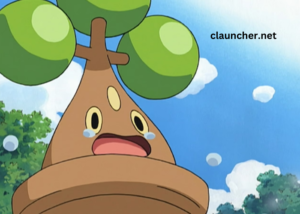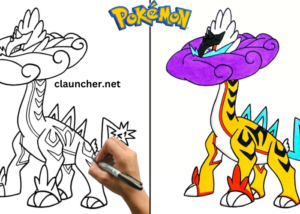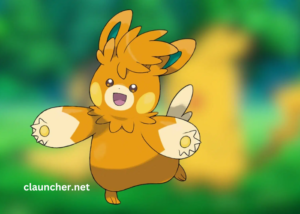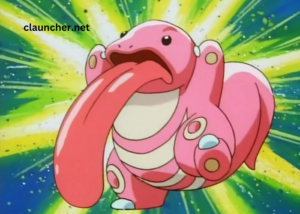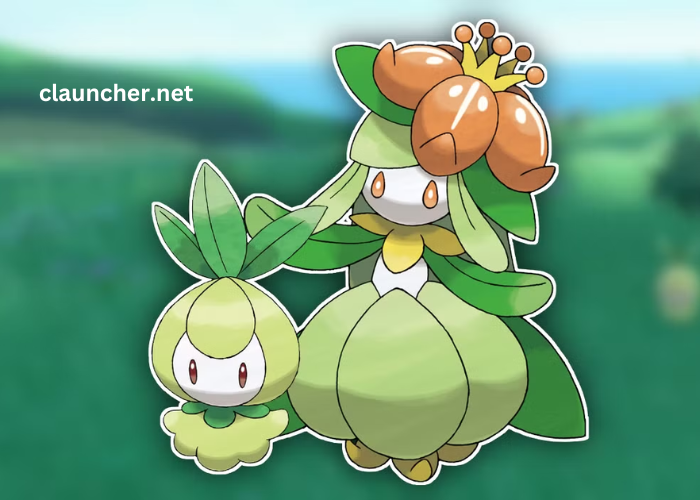
Petilil is a charming Plant-type Pokémon that resembles a small onion bulb. With its round, bulbous shape and plant-like appearance, it stands out as one of the more unique Pokémon in the Pokémon universe.
While it may seem simple at first, this adorable Pokémon has an interesting role in the Pokémon world, particularly in its evolution and abilities. Petilil’s design is inspired by nature, and its plant-based powers play a vital role in its battles and its interactions with other Pokémon.
What sets Petilil apart is its strong connection to nature. As a Plant Pokémon, it thrives in environments full of life and greenery. It is most commonly found in areas with fertile soil and abundant sunlight. Despite its small size, Petilil’s evolution and role in battles make it an interesting choice for many trainers looking for a reliable and powerful ally.
Let’s explore more about this onion-like Pokémon and understand why it is such a fascinating addition to the Pokémon universe.
Key Points:
- Petilil resembles an onion bulb, featuring a round, bulbous design.
- It is a Grass-type Pokémon with abilities that benefit from sunlight.
- Petilil evolves into Lilligant when exposed to a Sun Stone.
What Is Petilil’s Design Inspired By?
Petilil’s design takes clear inspiration from an onion bulb. Its round body and leaves that sprout from the top mimic the shape and look of a small bulb that has sprouted from the soil. This design ties in with its role as a Grass-type Pokémon, which is known for its connection to nature and plant life. Petilil’s bulbous shape represents new growth, as it is often found in environments where plants thrive.
The connection to onions is particularly strong because of the shape and the way Petilil’s leaves resemble the green sprouts seen in various plants, including onions. The leaves on its head add to the plant-like features of this Pokémon, giving it a fresh and earthy aesthetic. Its vibrant green color further ties it to the natural world, symbolizing life, growth, and the beauty of plants.
Overall, Petilil’s design reflects its plant-based nature, and it serves as a reminder of the organic elements of the Pokémon universe. This design has made it an interesting and appealing Pokémon for fans who appreciate nature-themed creatures.
Table: Comparison of Petilil’s Design Features
| Feature | Description |
| Shape | Resembling a bulb, similar to an onion |
| Color | Predominantly green, reflecting plant life |
| Leaves | Small leaves on top, mimicking sprouts |
| Overall Aesthetic | Nature-inspired, tied to plants and growth |
Reminder: Petilil’s design is deeply rooted in nature and serves as a visual representation of plant life.
How Does Petilil Evolve?
Petilil’s evolution is triggered by the use of a Sun Stone, which transforms it into Lilligant, a more powerful and elegant Grass-type Pokémon. This evolution is a key part of Petilil’s journey and highlights its potential to grow and become even more powerful.
When exposed to the Sun Stone, Petilil undergoes a dramatic transformation. Lilligant, unlike its pre-evolved form, is taller, more refined, and possesses stronger abilities. Its design also reflects a more elegant plant aesthetic, with more prominent flowers and petals surrounding it. This evolution enhances Petilil’s usefulness in battle, as Lilligant gains access to a wider variety of moves and can hold its own against many powerful opponents.
The use of the Sun Stone emphasizes Petilil’s connection to sunlight and growth. Just like many plants that require sunlight to thrive, Petilil’s evolution is dependent on the energy it gains from the Sun Stone. This evolution showcases how Petilil’s powers grow, offering trainers a rewarding journey as they train this little bulb-like Pokémon.
Table: Petilil’s Evolutionary Process
| Evolution Stage | Evolution Name | Level or Requirement | Key Changes |
| Base Form | Petilil | N/A | A small, onion bulb-like plant Pokémon |
| Evolved Form | Lilligant | Use of Sun Stone | Becomes elegant, with enhanced abilities |
Reminder: Petilil’s evolution into Lilligant highlights the natural growth process and the importance of sunlight in its development.
What Are Petilil’s Strengths and Abilities?
Petilil, as a Grass-type Pokémon, has a variety of strengths that make it a useful addition to any team. Its ability to manipulate plants and nature-based moves makes it effective against Water, Ground, and Rock-type Pokémon, all of which are weak to Grass-type moves. This gives Petilil a strong advantage in battles that involve these types of Pokémon, allowing it to deal significant damage with moves like “Razor Leaf” or “Giga Drain.”
However, like most Grass-types, Petilil has its weaknesses. It is particularly vulnerable to Fire, Ice, Flying, and Bug-type moves, which can deal significant damage to this plant-based Pokémon. Trainers should be mindful of these weaknesses when using Petilil in battle and adjust their strategy accordingly.
Petilil also has the ability “Chlorophyll,” which boosts its speed during sunny weather. This ability plays into the Pokémon’s connection to the sun and enhances its performance when conditions are favorable. Chlorophyll allows Petilil to outspeed many opponents in battle, giving it a strategic advantage.
How Can Petilil Be Used in Battle?
While Petilil may seem unassuming at first, it can be a valuable asset in battle, especially when used strategically. Its Grass-type moves can deal heavy damage to Water, Rock, and Ground-type opponents, and its access to powerful healing moves like “Giga Drain” allows it to recover health during battles.
Once it evolves into Lilligant, Petilil becomes even more formidable. Lilligant gains access to stronger Grass-type moves, as well as a better stat distribution that makes it a stronger presence in battle. Lilligant’s “Quiver Dance” move can increase its Special Attack, Special Defense, and Speed, allowing it to boost its stats and become even more powerful over time.
However, because of its vulnerabilities to certain types, it is essential to protect Petilil and Lilligant from Fire, Ice, and Flying-type moves. Trainers should use their Pokémon’s speed and ability to deal damage from a distance to avoid taking unnecessary hits and maximize their effectiveness in battles.
Conclusion
Petilil is a fascinating Plant-type Pokémon that resembles an onion bulb and has an intriguing evolutionary process. Its design, which is inspired by nature, makes it a charming addition to any team. Petilil’s growth from a small, bulbous Pokémon to the elegant Lilligant highlights the importance of sunlight in the Pokémon world and provides a rewarding evolution path for trainers.
Whether you are a fan of Grass-type Pokémon or you are looking for a Pokémon with a strong connection to nature, Petilil offers a unique and exciting option for your team. With its strategic abilities and evolution, it’s a Pokémon that can be both charming and powerful in battle.
FAQ’s
- What type of Pokémon is Petilil?
Petilil is a Grass-type Pokémon that resembles an onion bulb and thrives in sunny environments. - How does Petilil evolve?
Petilil evolves into Lilligant when exposed to a Sun Stone, gaining enhanced abilities and a more elegant design. - What are Petilil’s strengths in battle?
Petilil’s Grass-type moves are powerful against Water, Rock, and Ground-type Pokémon, making it an effective attacker. - What is the ability of Petilil?
Petilil has the ability “Chlorophyll,” which boosts its speed in sunny weather, giving it a competitive edge. - What are Petilil’s weaknesses in battle?
Petilil is weak to Fire, Ice, Flying, and Bug-type moves, so it is important to protect it from these threats during battles.
